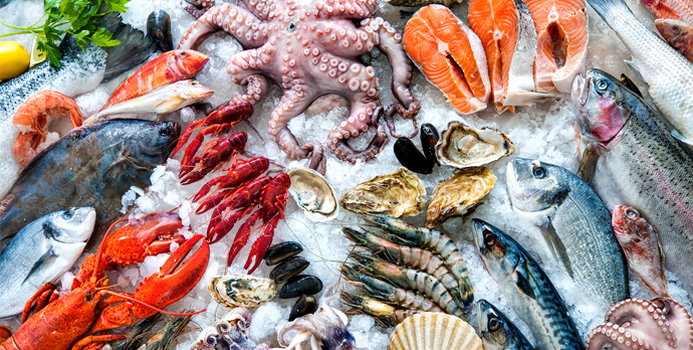Mercury in the form of methylmercury is commonly found in fish. High level of the element are particularly harmful to children, pregnant women, and nursing mothers. A new study evaluated Chilean sea bass from retailers in different states and found that some fish had twice the mercury content than expected and came from a different region than the one specified on the label. The authors also noted a simple method for purchasing fish that does not have a high mercury content.
The study authors note that seafood mislabeling distorts the true abundance of fish in the sea, defrauds consumers, and can also cause unwanted exposure to harmful pollutants. Therefore, they conducted a study that combined genetic data with analyses of total mercury content. They investigated how species substitutions and fishery-stock substitutions obscure mercury contamination in Chilean sea bass (Patagonian toothfish; Dissostichus eleginoides). They explained that the species shows a wide variation in mercury concentrations such that consumers may be exposed to either acceptable or unacceptable levels of mercury depending on the geographic origins of the fish and the allowable limits of different countries.
The researchers noted that fish certified by the Marine Stewardship Council (MSC) is generally considered safe; however, seafood from regions with high levels of contamination are not. They used sea bass tissue samples from retailers in 10 US states and measured the total amount of mercury in 25 of the MSC-certified and 13 of the uncertified Chilean sea bass samples. They found that many fish are indeed the species they are claimed to be, but not from the region claimed. They found that, on average, retail fish labeled as MSC-certified Patagonian toothfish had only half the mercury of uncertified fish. The researchers tested the DNA of the fish and found those from outside the MSC-certified South Georgia/Shag Rocks fishery had twice as much mercury (0.63 ppm) as those genetically confirmed to be South Georgia stock (0.31 ppm).
When they evaluated genetic data that were informative about seafood substitutions, they found a complex pattern of contamination hidden from consumers: species substitutions artificially inflated the expected difference in mercury levels between MSC-certified and uncertified fish whereas fishery stock substitutions artificially reduced the expected difference in mercury content between MSC-certified and uncertified fish that were actually D. eleginoides.
They concluded that fishery-stock substitutions may expose consumers to significantly greater mercury concentrations in retail-acquired fish than species substitutions. Pregnant and nursing women as well as children have been advised by the Food and Drug Administration (FDA) to avoid shark, tilefish, swordfish and King Mackerel because these species have an average mercury level of 0.73 to 1.45 parts per million. The FDA’s limit for mercury in fish for human consumption is 1.0 ppm.








